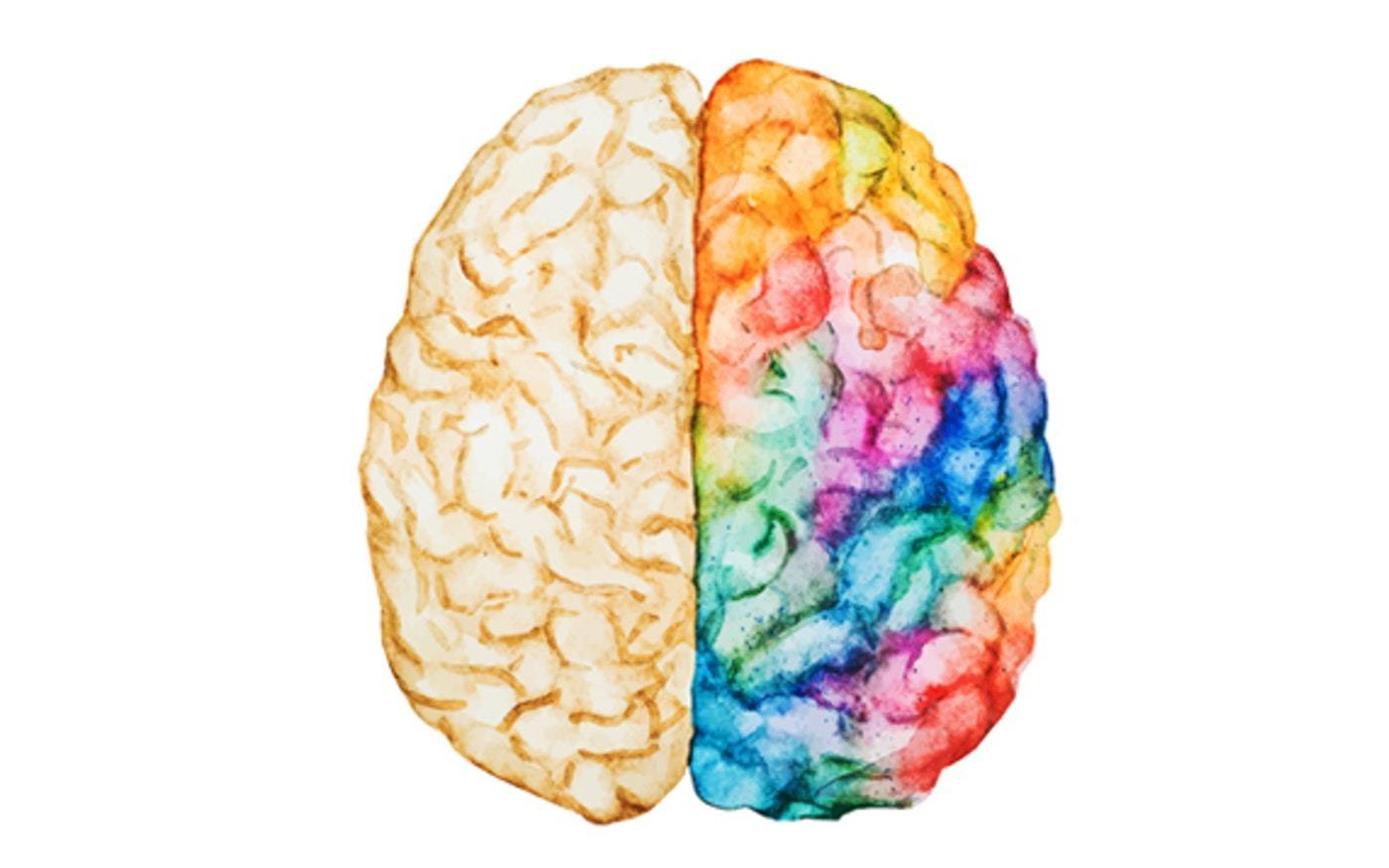Where is your mind right now?
Maybe you are fully engaging in this article (we hope so!), but, more than likely, you’ve got a few other things on your mind.
Maybe you’ve got a big presentation coming up today, or you had a frustrating drive this morning.
Perhaps your breakfast sandwich was just so darn delicious you can’t think about anything else.
The fact of the matter is that our minds are constantly wandering.
According to a Harvard study, our minds wander for about 50% of the time we are awake. That’s an incredibly high percentage of our lives that we seemingly miss out on.
Our attention is our most precious asset and training it should be a top priority.
How do we train our attention?
Practicing mindfulness is the most simple and effective way to improve our attention.
The webster definition states that mindfulness is the practice of maintaining a nonjudgmental state of heightened or complete awareness of one’s thoughts, emotions, or experiences on a moment-to-moment basis.
Basically, mindfulness is a state of focused awareness on the present.
It is training our brain to recognize when we are distracted and redirect our attention to what is right in front of us.
Our minds are built to train this way.
Essentially, our brains are a constant work in progress, and practices like mindfulness heavily influence the final product.
As American neuroscientist and author David Eagleman puts it in his book The Brain: The Story of You:
“Your brain is a relentless shape-shifter, constantly rewriting its own circuitry — and because your experiences are unique, so are the vast, detailed patterns in your neural networks.”
Mindfulness changes your brain.
One of the most well-known studies on mindfulness was conducted by a team of researchers at Massachusetts General Hospital and Harvard Medical School.
As revealed by their fMRI and MRI brain scans, this is what your brain looks like on mindfulness:
An expanded and improved Neocortex, responsible critical thinking. It’s where you form judgments, solve problems, and make decisions among other things.
A shrunken Amygdala. In this case, ‘shrunken’ is a good thing! This part of your brain is responsible for your fight or flight system. Basically, this is where your fear and anxiety is generated.
A larger and thicker Hippocampus. This part of your brain seems to be mainly responsible for your learning, memory, and emotional regulation. In a thicker and denser Hippocampus, all these primary skills appear to be strengthened.
Being mindful is not magic, but neither is it a coincidence.
It’s the result of small, conscious activities that lead to a more clear, focused mind.
These little exercises might not sound like a big deal, practicing mindfulness regularly will have a massive effect on your wellbeing, relationships, and ultimately on your happiness in life.
To start, here are 3 ways you can practice mindfulness every day.
We have also created a 5-minute guided mindfulness meditation designed for beginners.


